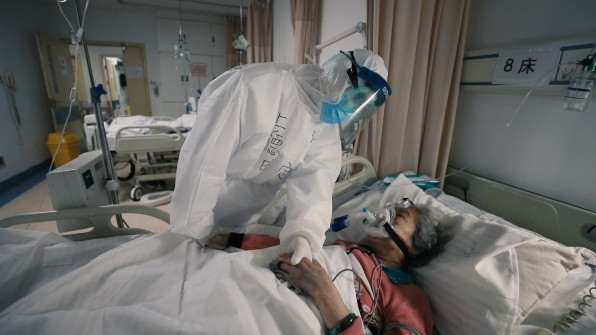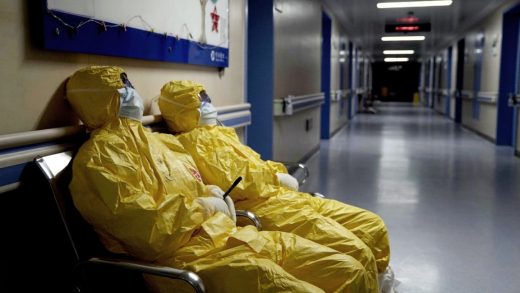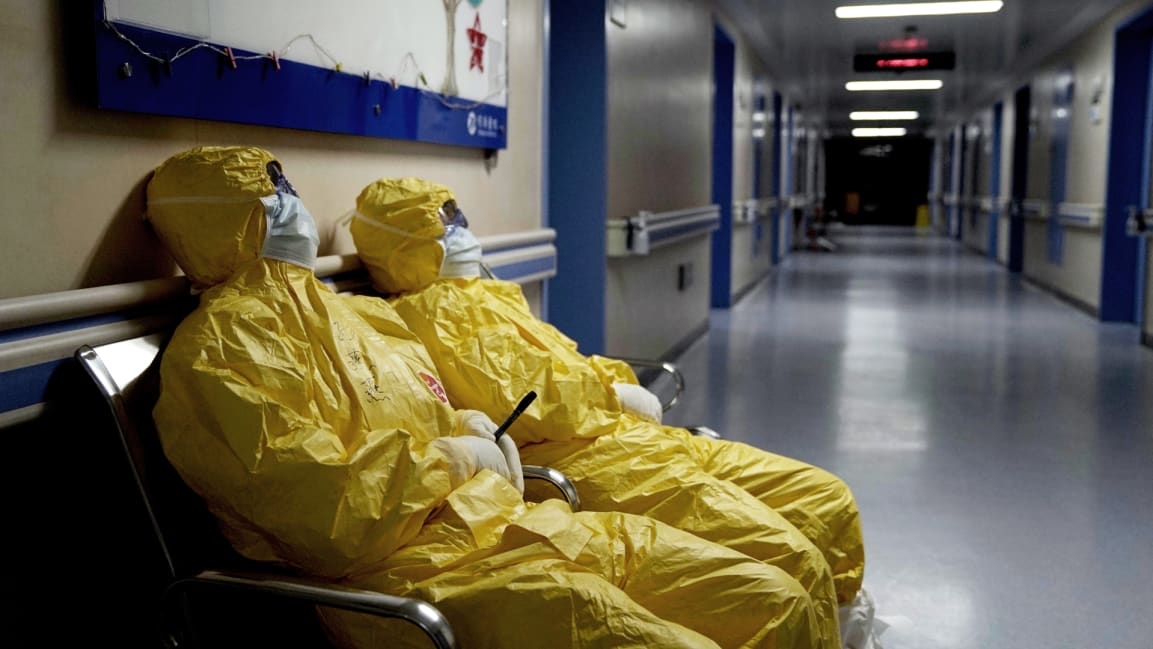As pandemic winter approaches, the COVID-19 doc ’76 Days’ is a wake-up call
Smartphones are so ubiquitous and useful that they might as well be extra appendages.
They connect people to other people. They tap into the deepest well of information in human history. They are totemic symbols of mobility, freedom, escape.
A lot of smartphones are glimpsed throughout the devastating documentary 76 Days—available on VOD on Friday, December 4—but they’re not handled in the normal way. Instead, the phones in this film represent the agency that people lose when they are in the throes of COVID-19. Nurses hold them over a weak patient’s head so they can hear a relative speak, or offer them to the next of kin when a patient passes away, a connection forever broken.
This is the film that most devastatingly depicts the virus that has robbed most people of mobility, freedom, and escape in 2020—and serves as an urgent warning for the months ahead.
The title, 76 Days, refers to the length of time for which China locked down Wuhan, the city of 11 million people in Hubei province where COVID-19 first emerged, starting in late January. While the first lab-confirmed case of COVID-19 in the United States was reported on January 20, by that time, the hospitals in Wuhan were already overrun to the point of crisis. It is here that 76 Days begins, remaining either inside a hospital or just beyond the exit door for the entire duration.
With the setting of an overwhelmed hospital, viewers get a front-row seat to all the misery, pain, and confusion of the virus. We see the terrified eyes of the patients as they’re informed that they can’t go home because they’ll infect their families, and we see the exhausted eyes of the medical staff as they try to figure out how to intubate a patient when all the equipment is already in use on other patients.

There are fleeting moments of happiness, like when three cured family members all get to leave together at the same time, escaping into the blinding daylight. In these moments, viewers see how cheered the medical professionals are by success: nearly enough to sustain them throughout all the failure that is beyond their control.
“Rich or poor, revered or despised. Fate befalls all,” one doctor says after another patient succumbs to the virus. “What a tragedy. Nobody can escape.”
It’s a heartbreaking look at what it took to combat COVID-19 in the confusion of its onset, made more of a gut punch by how little Americans have done to protect ourselves in the ensuing months, as so much more information about the disease has become available. As China has gotten the virus under control, Americans are preparing for the worst winter of their lives and things are looking downright dystopian.
While too many in the United States still feel more oppressed by being asked to implement mask safety in their lives than they are by the virus itself, Americans have indeed innovated the use of phones in hospitals since the period depicted in 76 Days. As the photo below demonstrates, the devices that are normally used as portals to the rest of the world are fast becoming the last things many of us will ever see.
These are iPad stations being prepared for virtual ICU end of life visits by a palliative care doc I know. Jesus. pic.twitter.com/lIgbg0FhaL
— i cant drive, n95 (@roto_tudor) December 3, 2020
Fast Company , Read Full Story
(21)



